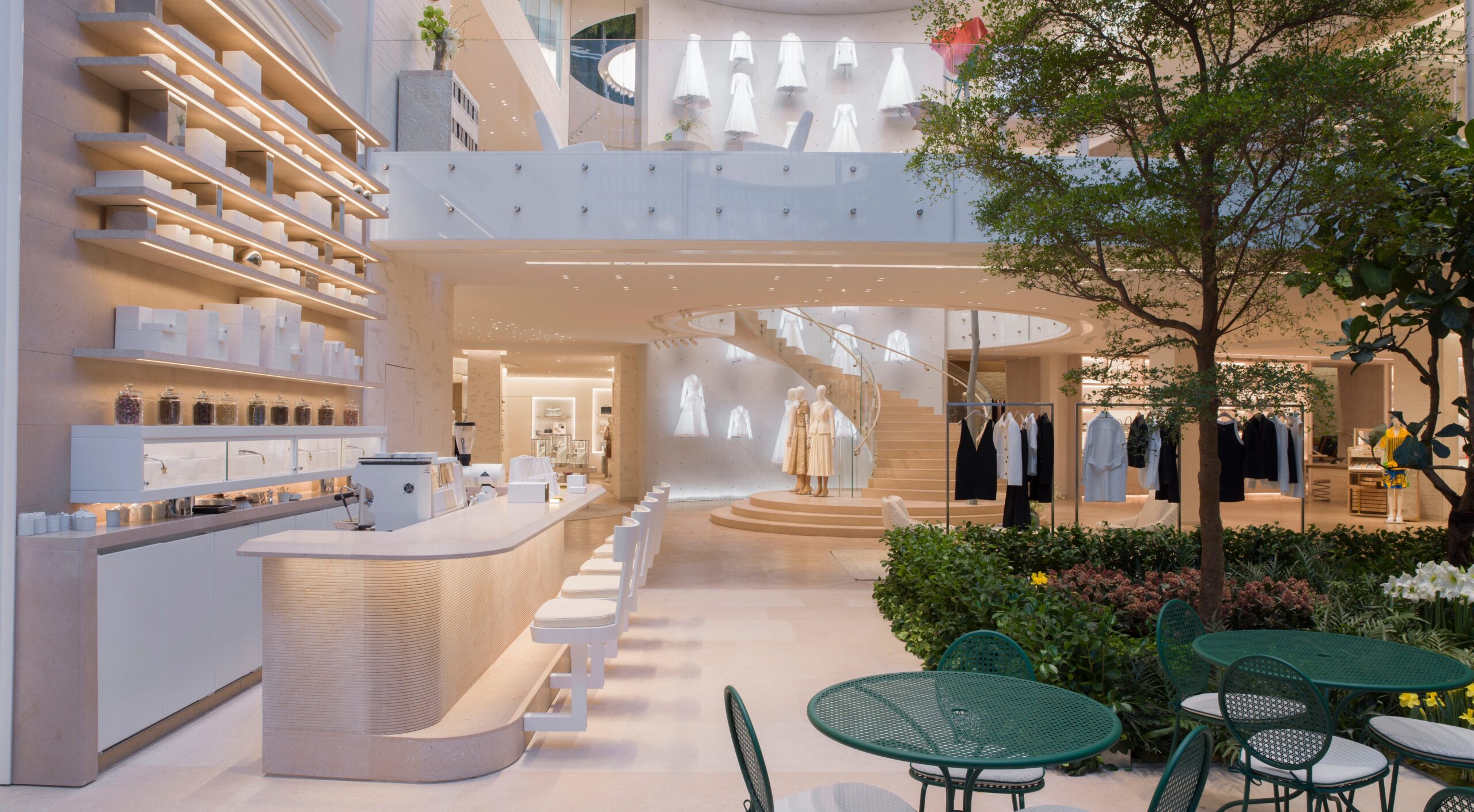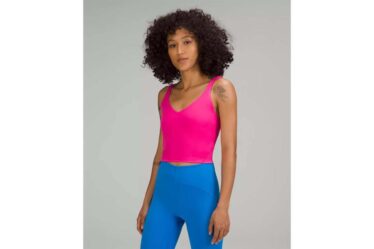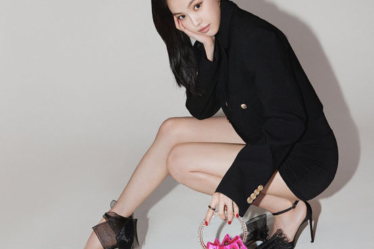
Despite the threat of a major recession, affluent Americans are flocking to Europe this summer, with tourist arrivals expected to be up 600 percent over 2021 levels, according to travel insurance company Allianz Partners. That’s great news for European luxury brands, whose flagships — still primary sales generators after a pandemic-driven e-commerce boom — thrive on international visitors. That means that they have to be optimised.
“Luxury and premium brands created the original retail wonderlands,” said Jeremy Bergstein, a retail advisor. “But they must continue to update them and give shoppers a reason to visit.”
In a recent report, Bernstein analyst Luca Solca identified 17 characteristics that make Dior’s new megastore on Avenue Montaigne in Paris a best-in-class flagship, from its sheer size and breadth of services to its ability to stage memorable experiences.
What are the key elements that make a luxury store successful in 2022?
1. Size matters
The bigger the brand is in terms of global sales, the more ambitious the store can be in size. “Large flagships in prime locations shock and awe consumers, boosting their perception of intrinsic brand value,” Solca said.
The reason a big store works for Dior is that it has enough categories of product — from home and baby to men’s and women’s apparel — to fill the space, with plenty of demand all around.
But there are limits. “If your real estate ambitions are bigger than your traffic generation capability, sharp operating deleverage follows,” Solca said, citing Prada as a brand whose ability to drive traffic over the past decade has not kept pace with the size of its stores.
2. Cookie-cutter design doesn’t work
When many luxury brands went global in the early 2000s, they opened stores at a rapid clip, standardising their designs in order to save on money and time. “Brands were obsessed with consistency,” Solca said.
But that approach reached its limits as increasingly sophisticated, globally mobile consumers began to demand different experiences in different locations.
Solca has long called for “the ‘counter-standardisation’ of luxury retail, making each local store different and ‘locally rooted,’ while reflecting the DNA of the brand.”
Companies like Hermès have employed “counter-standardisation” for years, empowering each store’s director to serve as the buyer for the location they run, and working with architects to create original store layouts.
3. Cross-channel services are no longer a nice-to-have
Services — including the ability to buy online, return in-store or buy online, pick up in-store, or even buy in-store and then have the item delivered straight to the home — are now baseline. Of the nine flagship brand boutiques analysed for the Bernstein report, seven offered all three of these services.
However, these types of digitally enabled accommodations cannot feel like add-ons. Instead, they must be seamlessly integrated into the overall shopping experience.
“A connected experience is neither a touchscreen nor a social moment in front of a mural,” Bergstein said. “Making sure that your technology is suited to your brand is paramount.”
4. Every customer, from aspirant to VIC, must feel special
While brands like Chanel and Brunello Cucinelli are opening invitation-only boutiques for top-spenders, many best-in-class stores offer a multi-tiered experience that allows them to cater to both aspirants and VICs (or very important clients) in one place.
Balenciaga’s new “Couture Store” concept — opening on the ground floor of its Paris salon just in time for the launch of its latest collection — will bridge this gap, offering consumers interested in couture access to limited-edition products created in the same ateliers as made-to-order designs. The goal is to reach potential couture customers, but also entertain the masses and introduce them to the concept.
5. Experiences can’t feel tacked on
Upscale boutiques often offer shoppers a glass of Champagne, sparkling water or a cappuccino while they’re trying on clothes. Many even invest in a five-figure La Marzocco espresso machine and set up a little cafe in the corner, complete with a few chairs, to encourage lengthier visits. Today, however, restaurants and cafes like Ralph Lauren’s Polo Bar in New York and Ralph’s coffee shop are no longer novelty brand-builders, but destinations in their own right with fan bases that are sometimes even separate from those who buy the brand’s apparel and accessories.
6. The best stores can also be cultural landmarks
Brand boosters, like museum exhibitions, can help deepen the consumer relationship. But while many of these experiences take place away from the store, like Tiffany’s recent exhibition at London’s Saatchi gallery, brands are increasingly finding ways to incorporate them into the shopping experience, dedicating significant in-store space to cultural entertainment. Dior’s flagship, for instance, boasts the largest museum space dedicated to fashion in Paris, while Dries Van Noten’s store in Los Angeles is adjacent to a gallery space that cycles new shows from artists including Rene Ricard and Raqib Shaw in and out on a regular basis.
These types of displays offer yet another entry point into a brand, according to Solca. It only costs €12 to visit the Dior gallery, just steps away from a private shopping space where hundreds of thousands of dollars can be spent in one hour.



